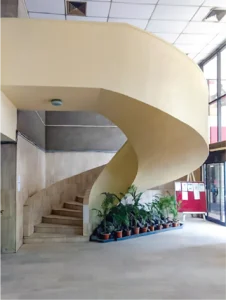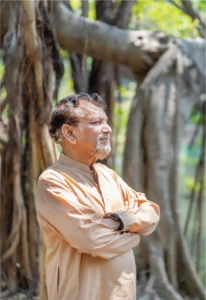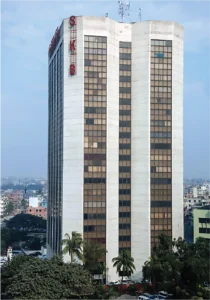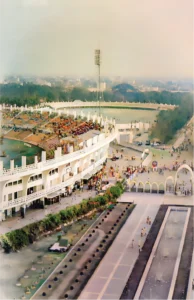
Every person envisions a path uniquely their own. For Mesbah-ul-Kabir, the visionary force behind Kabir and Associates, that path was rooted in literature—especially Bangla literature, which continues to capture his heart. Picture a building as if it were a poem: its floors serve as verses, its design the underlying rhythm, and within the interplay of these elements unfolds the poetic vision of its creator. Though destiny steered him away from writing verses, it set him on the course of designing ones conceived in concrete, glass, and steel.
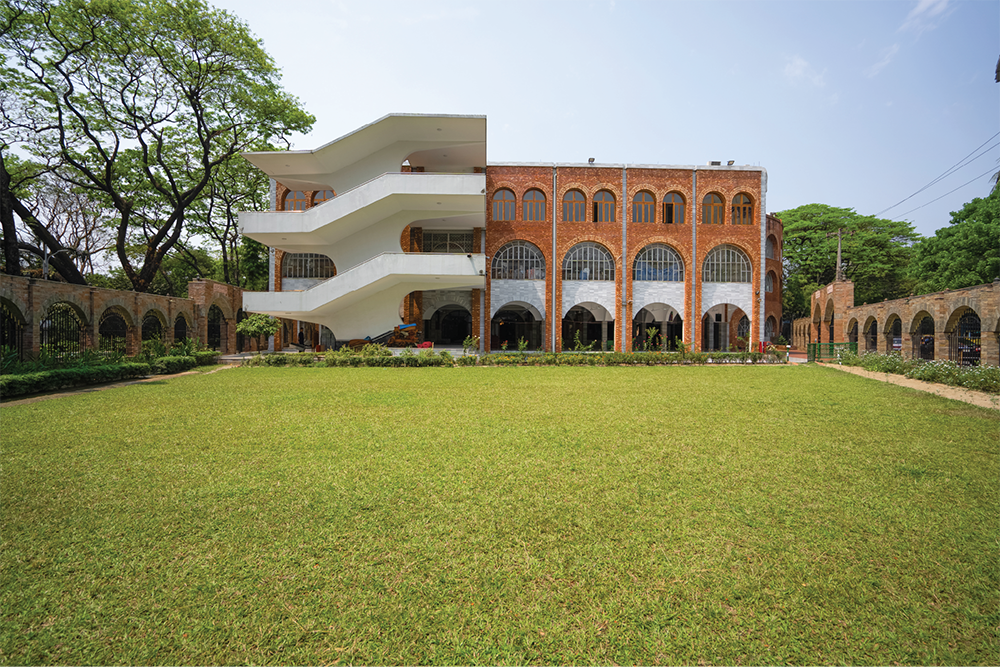
When asked about his design philosophy, Mesbah replied, “I don’t follow a singular style. Instead, I draw inspiration from nature—the master designer. Nature effortlessly embraces the path of least resistance, creating a harmonious, albeit imperfect, balance. Unlike manmade objects that often adhere to strict forms, every new project demands its own innovative treatment. I learn and evolve with each undertaking.” This commitment to constant reinvention has defined his career and led him to craft iconic structures like the Sena Kalyan Bhaban—which redefined Dhaka’s skyline—and Mirpur’s National Stadium, among many others.
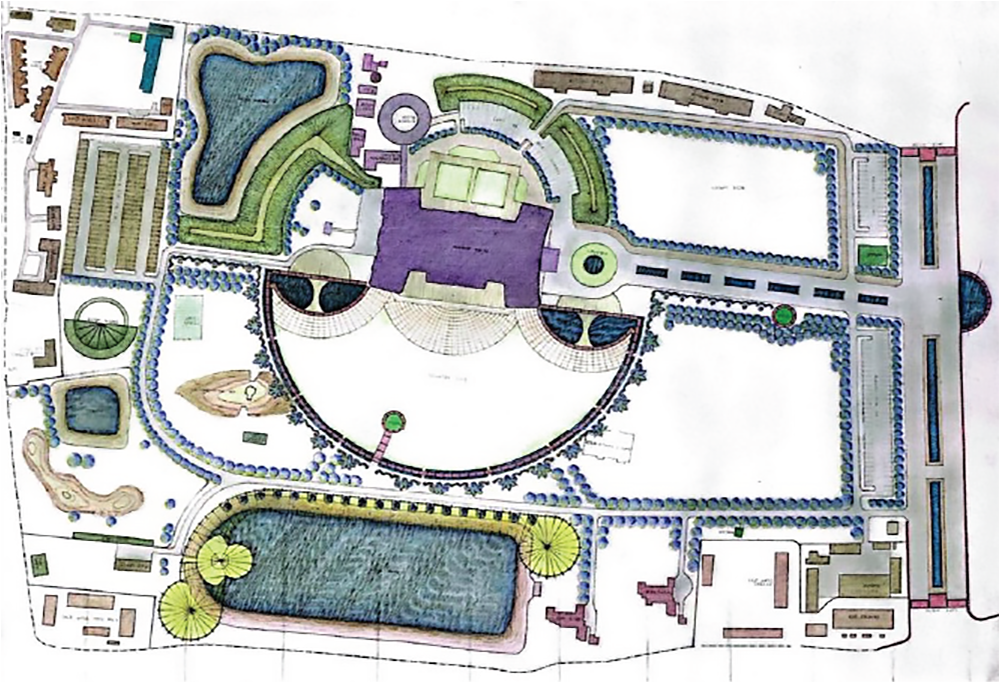
In Bangladesh, Mesbah-ul-Kabir’s name is synonymous with architectural excellence. Yet, he always reminds fellow architects that the learning process never truly ends. He laments that only a handful of his peers still embrace the hands-on method of constructing scale models with simple, analog tools—a practice increasingly eclipsed by computerization. “I purposely avoid relying on computer software,” he explains firmly. “By drawing perspective sketches and building scale models by hand, I retain total control over my creative process.” He recalls how, during his studies at BUET, a chance encounter with the legendary Dr. Fazlur Rahman Khan left a lasting impression: “When I envision a building, I feel its weight as if it were part of me.” Such experiences underscore the importance of imagination—a quality he fears is slowly being overshadowed by digital methods.
Reflecting on his earlier days, Mesbah recounts a time when understanding a client’s desires led to rough sketches, known as ‘functions,’ followed by detailed perspective drawings imbued with vanishing points, horizons, and everyday elements like trees or vehicles. These handcrafted visualizations offered a glimpse of a project’s future long before modern tools like AutoCAD existed. Even the laborious process of constructing scale models gave him a satisfaction akin to a poet reveling in a freshly composed verse. Today, a visit to the Kabir & Associates office in Dhanmondi reveals a gallery of these cherished drawings and models—a living history of a lifetime dedicated to craftsmanship. Despite the encroachment of digital design, Mesbah holds a hopeful vision that emerging architects will rediscover the profound joy of traditional creation.
For him, architecture is boundless. “Some choose this profession out of necessity; I embraced it with passion,” he reflects. His academic journey spanned literature, history, physics, mathematics, philosophy, and even music during his time at BUET’s Department of Architecture. Even within the scientific rigors of his field, literature remained a wellspring of inspiration—a force that uplifted him from isolation and exposed him to a vast ocean of creativity.
While celebrated for his monumental public works and commercial edifices, some of Mesbah-ul-Kabir’s most treasured designs are the modest homes of the 1970s and 1980s in neighborhoods like Gulshan, Banani, and Baridhara. These projects, though simple, exuded warmth and personality—whether through rooftop gardens, multi-story green spaces, or even rooftop swimming pools—offering a style of luxury living that contrasts sharply with today’s prevalent, box-like apartment blocks.
He fondly recalls a whimsical project for the former vice president of Summit Group—a full-glass house in Savar Cantonment. Enchanted by a monsoon season enlivened with blooming red lotuses, the client once declared, “I want to present this glass house to my wife.” When pressed about privacy, particularly in intimate areas and restrooms, he quipped about using curtains, noting humorously that the secluded setting made privacy a minor concern. Notably, Mesbah introduced the curtain wall system on the Sena Kalyan Bhaban for the first time in Bangladesh—a testament to his innovative spirit, which is also reflected in designs for national stadiums and even the previous Gulshan Club.
Mosques occupy an especially sacred space in Mesbah’s repertoire. Having designed and refined over a hundred mosques, he approaches these projects not as commercial ventures but as acts of ‘khidmah’ (service)—an opportunity to contribute selflessly to the community. “Designing mosques is both a duty and a passion, a way to express gratitude for the gifts of life and our own abilities,” he explains. His first mosque, the Azad Mosque—more widely known as Gulshan Central Mosque—was a landmark project that spanned nearly 18 bigha and featured striking geometric designs with circles and triangles.
Drawing on decades of experience, Mesbah elaborates on the cultural significance of religious structures. While domes, arches, and minarets have transcended their practical origins—minarets, once essential for calling worshippers to prayer, now serve largely symbolic roles—they remain vital in linking a building’s design to its cultural and spiritual roots. Architecture, in his view, acts as the binding force that enshrines ideological meanings across diverse cultures, even as building materials and techniques evolve.
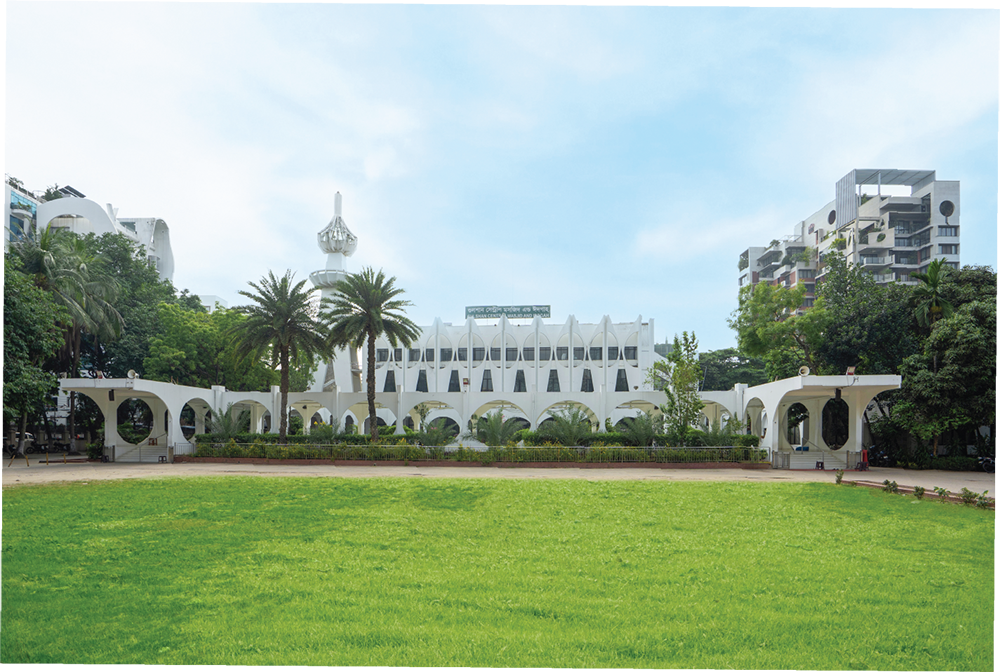
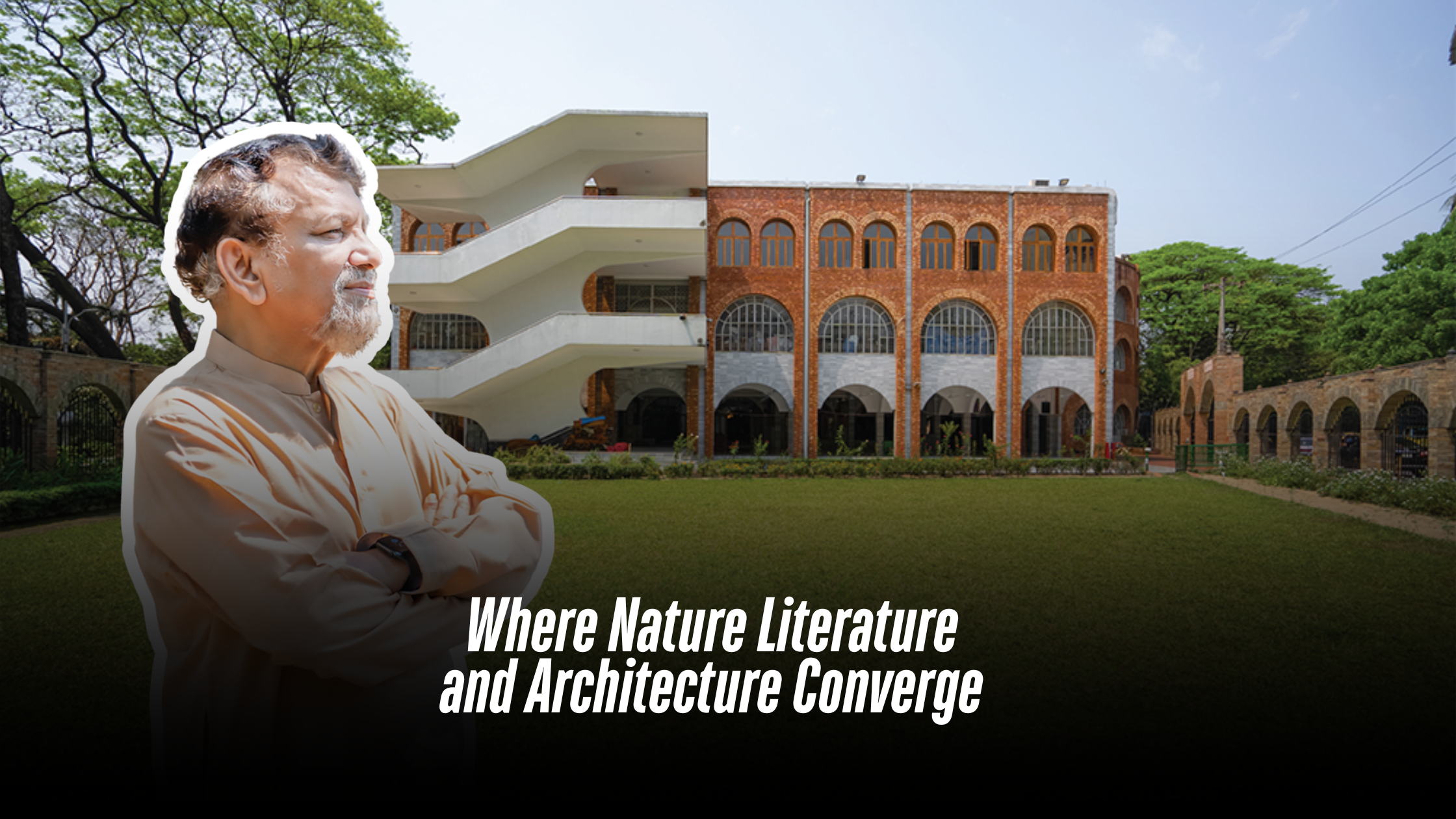
The evolution of mosque design is an ever-unfolding process. Take the Baitul Aman Mosque on Dhanmondi Road 7, which began as a humble prayer space enclosed by bamboo fencing. Over time, enhancements like the addition of balconies, multiple floors, and modernized interiors—with steel window frames, marble finishes, and wooden elements—have transformed it into a communal haven that harmonizes with its upscale neighborhood and the nearby natural charm of Dhanmondi lake. For Mesbah, each mosque should feel inseparable from its surroundings, a tribute to both its community and its environment.
Today, Bangladesh’s architectural scene is thriving—high-rise, elegant, and meticulously streamlined structures now dot the landscape. Young architects enjoy the profession far more than in earlier times, even as government projects, though commendable, sometimes lack the incentives necessary to retain top talent. Yet, despite these challenges, he remains confident that given the right opportunities and motivations, these architects will continue to grow and reach their full potential.
The legacy of Mesbah-ul-Kabir is one of passion, innovation, and an unwavering commitment to blending art with science. His story inspires not only a deep appreciation for the beauty of structures but also an invitation for new architects to return to their roots and rediscover the soulful joy inherent in the craft.



